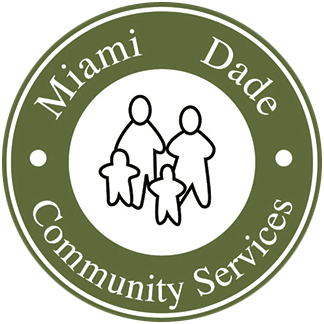Ritalin is the common name for methylphenidate, classified by the Drug Enforcement Administration as a Schedule II narcotic—the same classification as cocaine, morphine and amphetamines. It is abused by teens for its stimulant effects. Even when Ritalin is used as a prescription drug, it may have severe effects including nervousness, insomnia, anorexia, loss of appetite, pulse changes, heart problems and weight loss. The manufacturer says it is a drug of dependency. In June 2005, the US Food and Drug Administration issued a series of public health advisories warning that Ritalin and drugs like it may cause visual hallucinations, suicidal thoughts and psychotic behavior, as well as aggression or violent behavior.
Unfortunately, Ritalin and related “hyperactivity” type drugs can be found almost anywhere. If you are in high school or college, you are likely to have a large supply readily to hand, with “pushers” (your fellow students) eager to make an easy profit from you.
In some schools, as many as 20% of the students take the drug regularly. The Drug Enforcement Administration found that many of these schools had more of these drugs than the neighborhood pharmacy.
Why is it so common? It is all too easy for a “friend” to take some of his little brother’s prescription pills and turn around and sell them at $5 a pop. Or a student eager for a quick fix tells a school nurse he has a “study disorder” and “can’t concentrate.” He gets a prescription and stocks up on the pills for future use, handing out extras to his friends.
While the law forbids unrestricted distribution of these powerful stimulants, the sad fact remains that these substances are freely available almost anywhere. Kiddie Cocaine, as it has been called, is handed out like candy.
